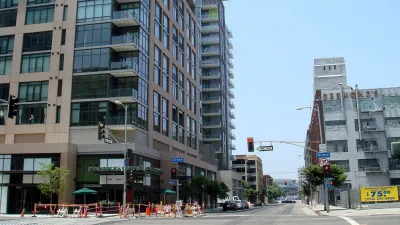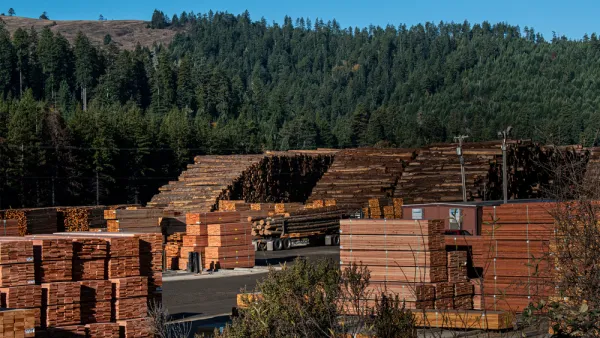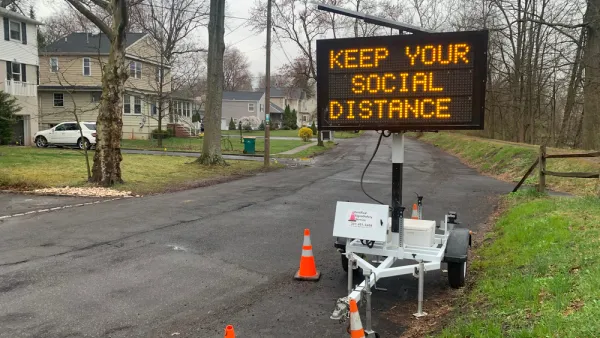"Prices will march on as they have," even if regulations relax to allow more housing supply in the market, according to a recent study by the Federal Reserve.

Erik Sherman shares a recent study from the Federal Reserve [pdf] that attempted to determine the amount of "elasticity" in the housing market—that is, how much new supply would be required to affect the price of housing. The study casts more than a little doubt on the notion that new supply will result in a commensurate lowering of prices (a position adopted by YIMBYs and policy makers in the Trump and Obama administrations alike)—in fact, the study argues that there is no evidence to support any determination about how much new supply it will take to lower the cost of housing.
"No one knows how much housing you'd have to add to have any significant impact on costs," explains Sherman of the ongoing question that launched the study. "So, the researchers built a simulation to estimate, directly from data, the elasticity of rent with respect to housing supply."
The key idea at the core of the findings is that elasticity isn't a simple phenomenon. "There are products where changing the price doesn't necessarily result in big shifts of demand. Look at the Apple iPhone X: $1,000 for the device and tens of millions purchased it."
The researchers also considered whether another approach could help lower prices, such as improving access to and the quality of public transportation in neighborhoods far from the city core. That solution likely only benefits those with larger incomes and more money to spend on housing. It creates a kind of "cascading gentrification engine," according to Sherman.
In the end, suggests Sherman, the only solution might be to reserve housing for lower-income people. "Hard to see that happening in the current political climate," however, concludes the article.
FULL STORY: Additional Building Won't Make City Housing More Affordable, Says Fed Study

Analysis: Cybertruck Fatality Rate Far Exceeds That of Ford Pinto
The Tesla Cybertruck was recalled seven times last year.

National Parks Layoffs Will Cause Communities to Lose Billions
Thousands of essential park workers were laid off this week, just before the busy spring break season.

Retro-silient?: America’s First “Eco-burb,” The Woodlands Turns 50
A master-planned community north of Houston offers lessons on green infrastructure and resilient design, but falls short of its founder’s lofty affordability and walkability goals.

Test News Post 1
This is a summary

Analysis: Cybertruck Fatality Rate Far Exceeds That of Ford Pinto
The Tesla Cybertruck was recalled seven times last year.

Test News Headline 46
Test for the image on the front page.
Urban Design for Planners 1: Software Tools
This six-course series explores essential urban design concepts using open source software and equips planners with the tools they need to participate fully in the urban design process.
Planning for Universal Design
Learn the tools for implementing Universal Design in planning regulations.
EMC Planning Group, Inc.
Planetizen
Planetizen
Mpact (formerly Rail~Volution)
Great Falls Development Authority, Inc.
HUDs Office of Policy Development and Research
NYU Wagner Graduate School of Public Service




























